1、 Curing method
1. Soil: cauliflower has strong adaptability, so it likes to add to the soil with good drainage, loose geology and organic matter
2. Moisture: after sowing, water, fertilize and sprinkle a layer of soil, so that the cauliflower will germinate in about three to four days. The growing cauliflower should be irrigated frequently. The lack of water will directly affect the growth of cauliflower
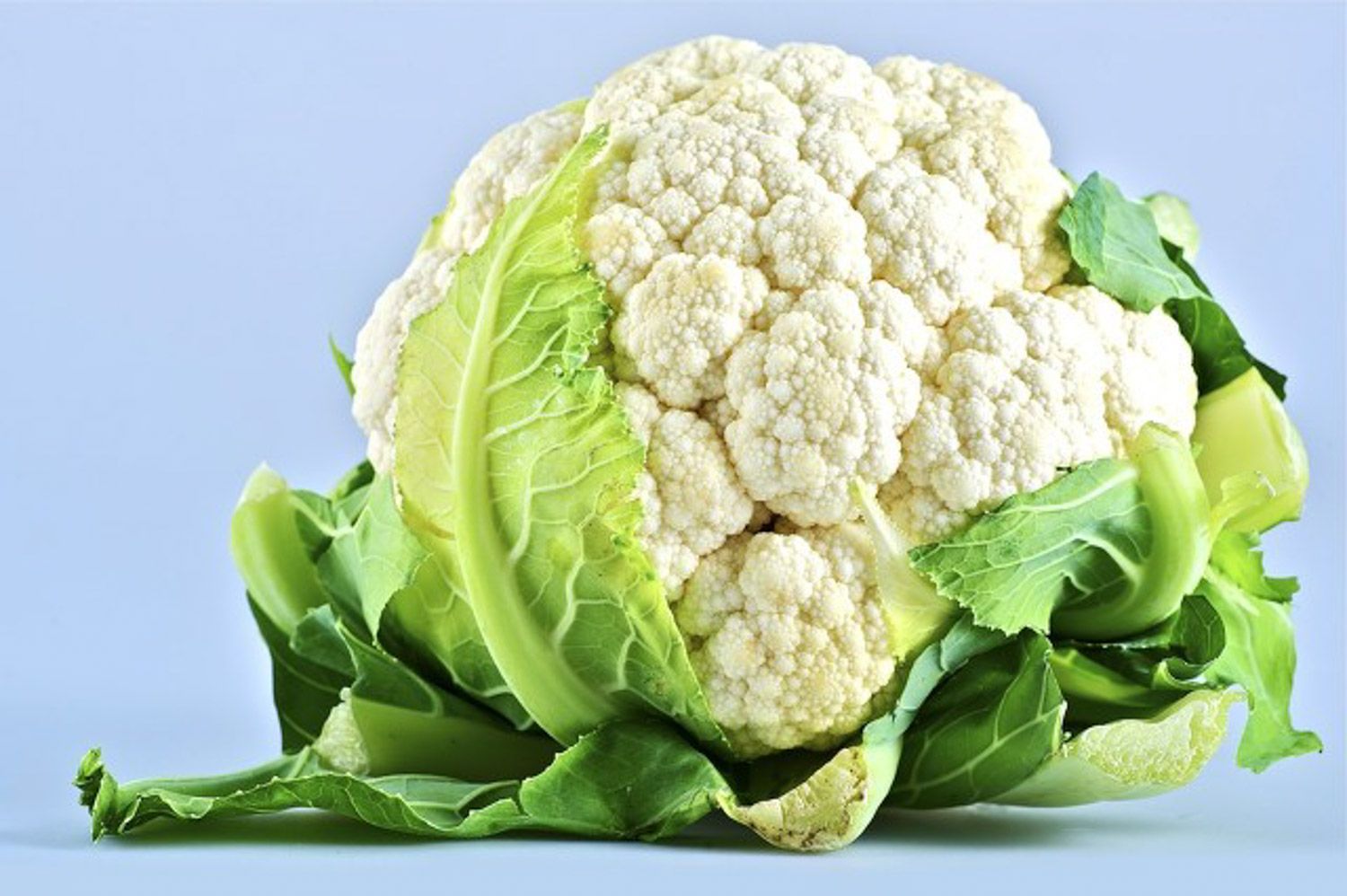
3. Nutrient: the frequency of fertilization for cauliflower should be controlled at once every 7-15 days. Applying seedling fertilizer during the seedling period and compound fertilizer in the later stage will make its rhizome grow faster
4. Light and temperature: cauliflower likes a sunny environment. Under the sunshine, it will grow strong and vigorous, and the flower ball will become tight and good color. The temperature suitable for its growth is between 20-25 ℃. If the temperature is too high, it will be more difficult to grow into a ball, while if the temperature is too low, it may suffer frostbite
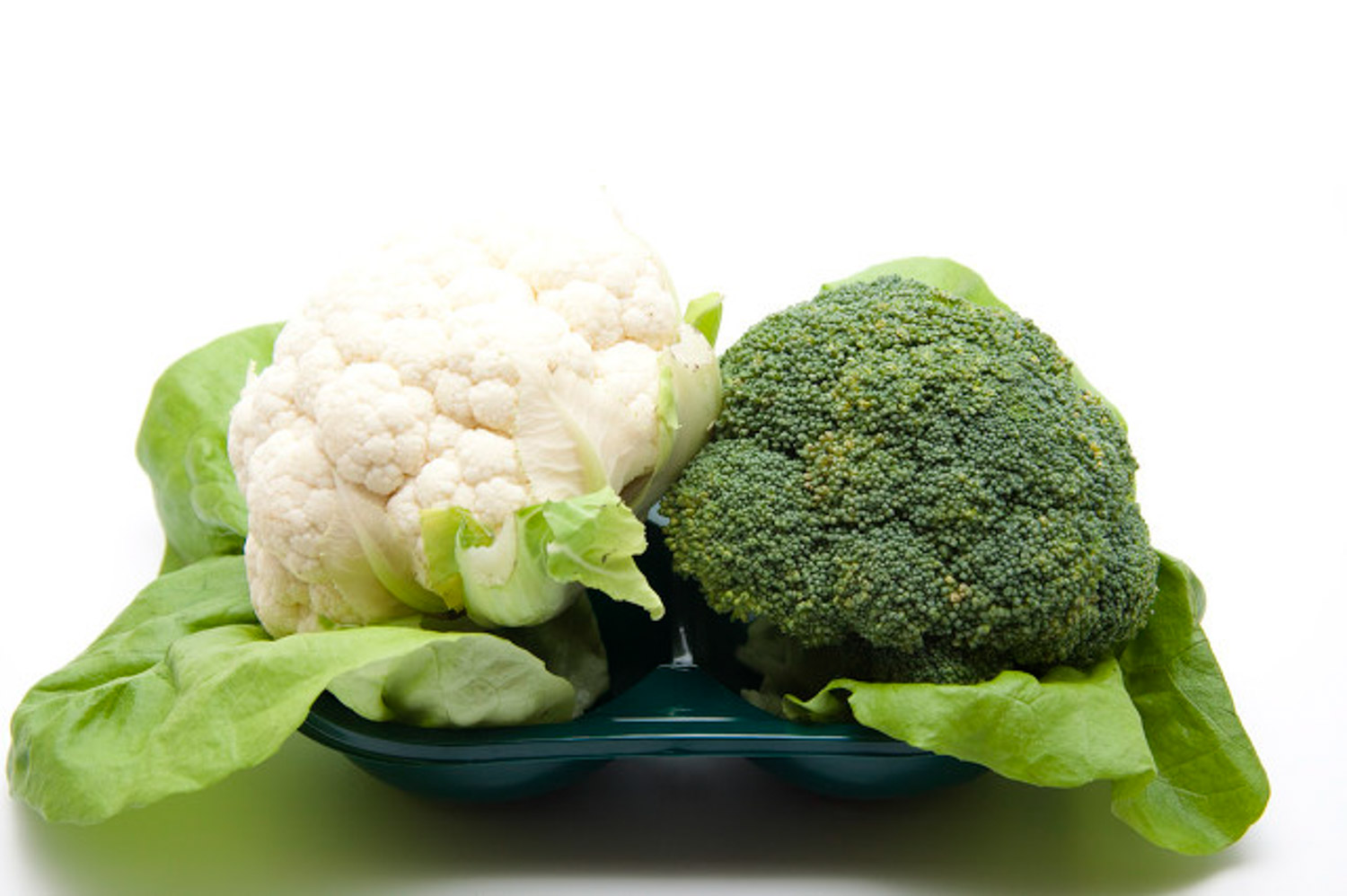
2、 Breeding skills
1. Intercropping and weeding: during the growth time of cauliflower after fertilization, pay attention to frequently clean up the weeds in the soil, and loosen the soil appropriately after the rain, which can better promote the absorption of nutrients by cauliflower
2. Propagation: cauliflower is generally propagated by using nutrient bag seedling method. Membrane bag, nutrient soil and nutrient bag are needed. The nutrient bags are arranged on the seedling bed for sowing, and then sprinkled with a layer of nutrient soil and watered to keep the soil at a certain humidity
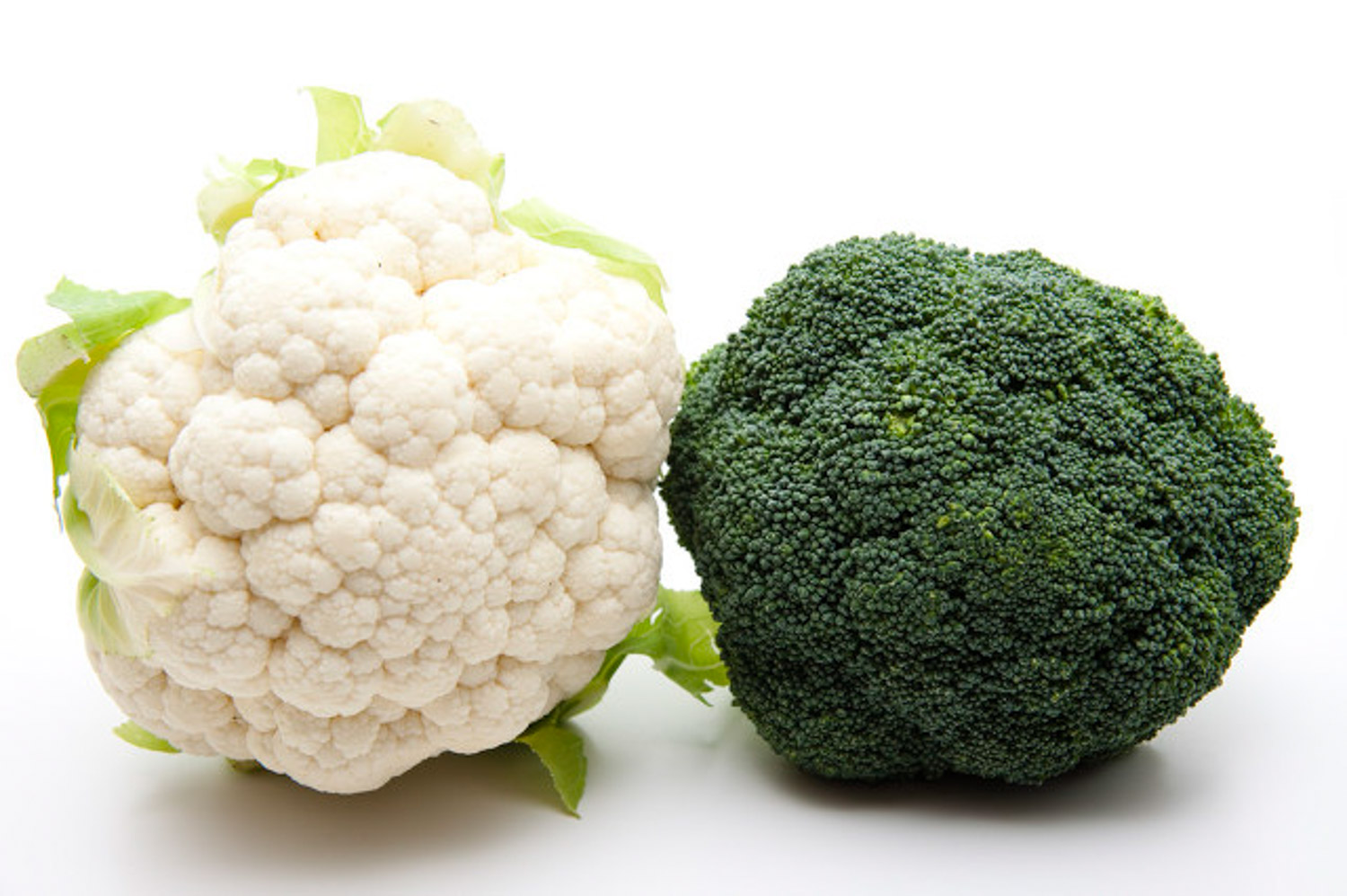
3、 Diagnosis and treatment problems
1. Insect pests: cauliflower's diseases and insect pests include Pieris rapae. At this time, deltamethrin needs to be sprayed. Because cauliflower has large stems and leaves and more juice, it is more vulnerable to diseases and insect pests
2. Black spot: cauliflower is also prone to black spot. At this time, it is necessary to dilute Difenoconazole emulsion with water and spray cauliflower
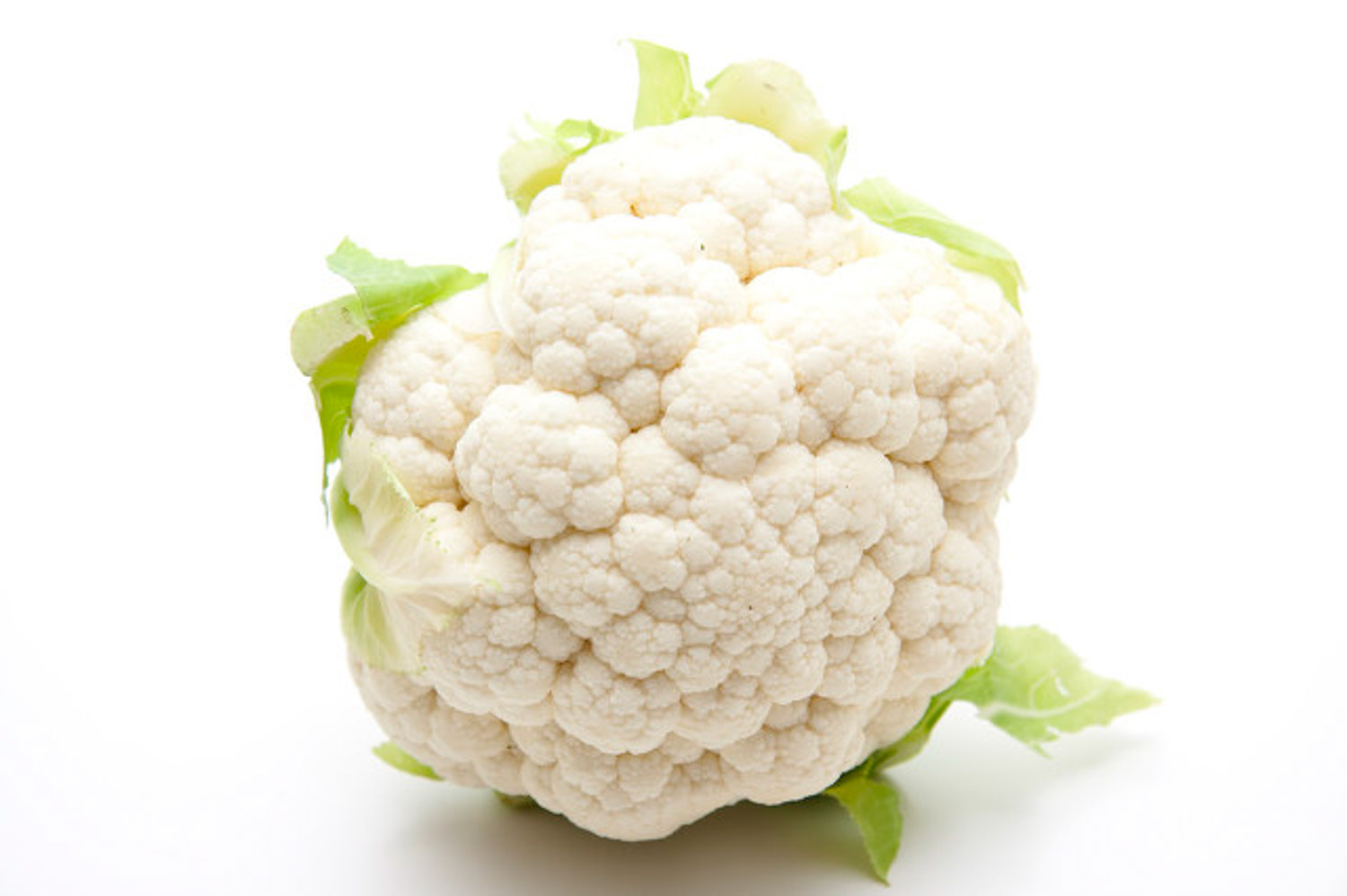
4、 Other issues
1. How to spend the winter: when it comes to winter, we should pour winter water once to slow down the growth of cauliflower, and then apply fertilizer again, which can improve the frost resistance of cauliflower, and meet the arrival of spring after winter. At this time, we need to pour green water again, which can promote the growth and nutrient absorption of cauliflower
2. Edible: broccoli is edible and contains a lot of dietary fiber and vitamins, so the edible value of broccoli is very good
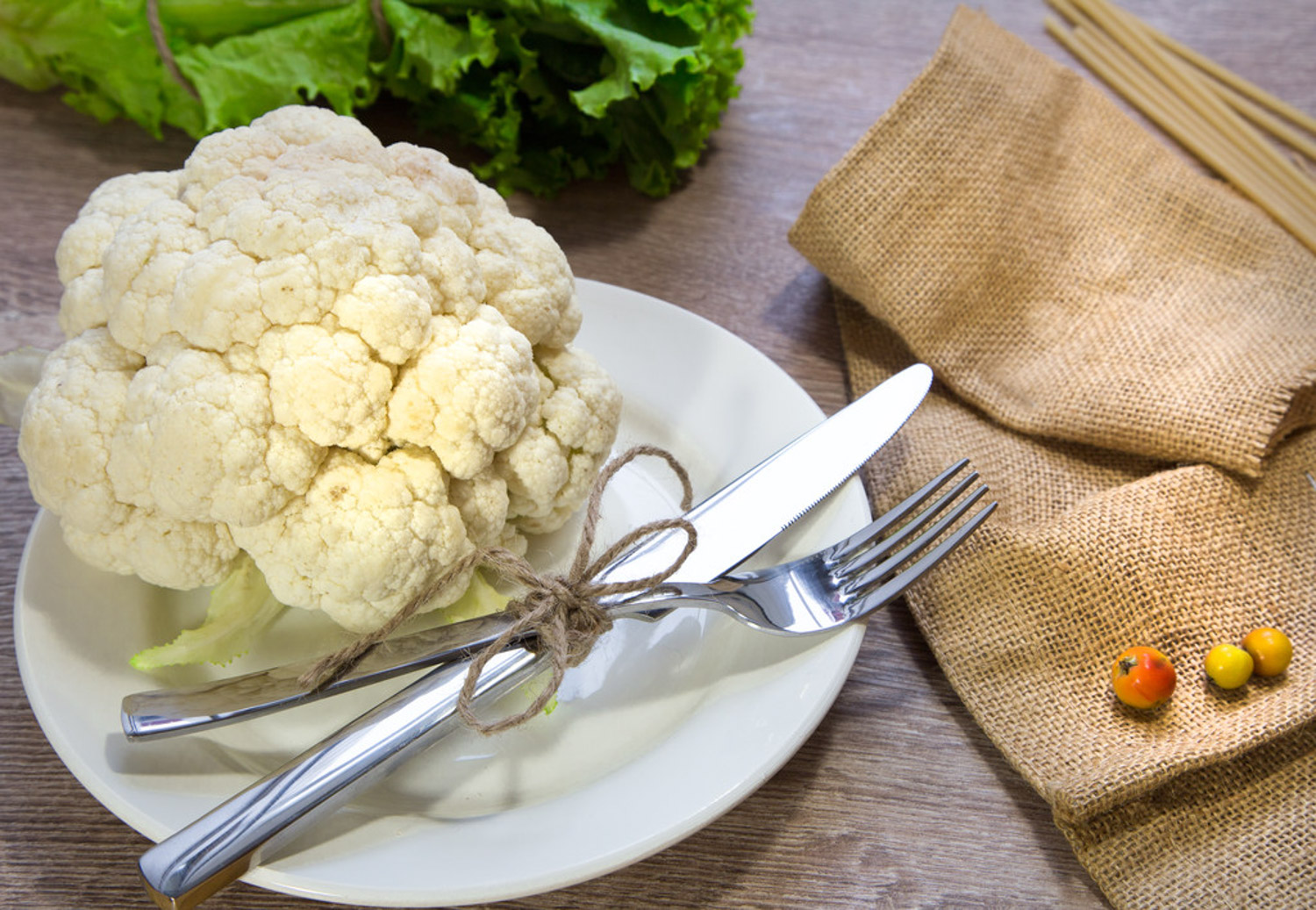

 jackfruit
jackfruit snake plant
snake plant hibiscus
hibiscus hydrangea
hydrangea lavender
lavender Green roses climb al...
Green roses climb al... If you don't pay att...
If you don't pay att... Management of four g...
Management of four g...
































